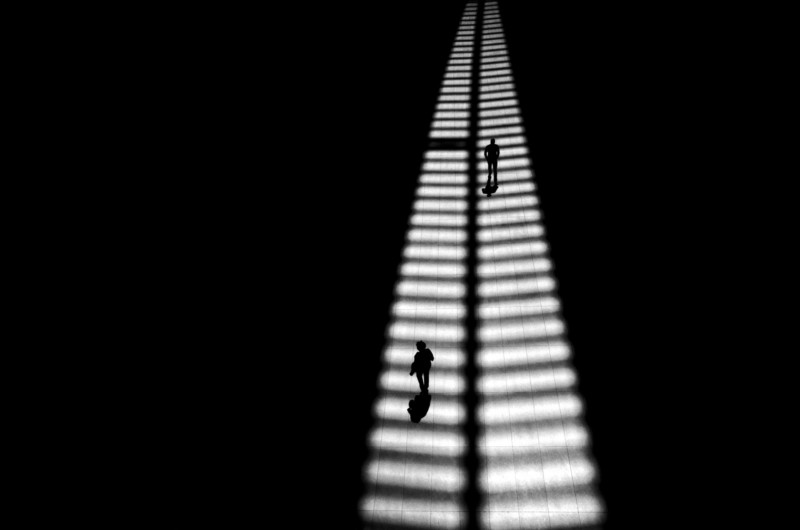Is Street Photography a Fad that Has Run Its Course?
![]()
Fourteen years ago I took an interest in street photography. I went looking for resources and information on this amazing genre, unfortunately to no avail, until I came across a great free ebook in 2006 called “Street Photography for the purist” by Chris Weeks.
This, for me, was a game changer, as was the introduction of the Fuji X100.

Since then, street photography has become increasingly “mainstream” and highly commercialized. We have more books than ever, and there are street photography festivals worldwide—from London, to Rome, Miami, Luxembourg, San Francisco, Brussels, and L.A.
Cheap and overpriced workshops alike promise to make you invisible on the Streets, like Harry Potter with his cloak of Invisibility. These courses with the unknown Masters of Street Photography will gladly part you from your money, costing anywhere between $50 and $1,000 per course. One such course advertised four one-hour Skype sessions for a “reduced” price: now $450, down from $850.
“Classic” street photography style has also seeped into other genres. Wedding Photographers have now turned candid and black-and-white.

Photography competitions are popping up every week charging anywhere between $20 and $50 per image to enter. There are now hundreds of influencers on Instagram and YouTube, too many collectives, and far too many inexperienced “expert” moderators in Facebook groups critiquing photos and giving advice.
Photographers who never considered themselves street photographers jumped on the gravy train. But now, it seems that many of these photographers are moving away from calling themselves street photographers at all. Well-known international photographers who earn money from street photography have started to disassociate themselves from the genre.
Is it a purist thing, or was the very term “street photography” just a fad? Are they jumping off the bandwagon because they’ve found the next photography fad?

I recently started working on a project idea about street photography, and in the course of this project I contacted a well-known, famous photographer that most of the world immediately classify as a street photographer.
I messaged him about the project and made the mistake of referring to him as a street photographer, only for him to reply that “it is a misnomer to say this is what I am.” When I reached out to another well-known street photographer friend of mine and mentioned this, he agreed. He would not consider himself a “street photographer” either.
Am I missing something?

All of this back and forth—the vast commercialization of the genre, and people’s attempts to get away from it—has made me question my “identity” as a street photographer. Is it all just a fad? Are they right? Did the greats who we considered to be street photographers even think of themselves in this way? Has it run its course, or has the money dried up? Have all the shots been taken? How many more umbrella, puddle jumping, pigeon shots can we even take?
A fad is defined as “an intense and widely shared enthusiasm for something, especially one that is short-lived; a craze.”
By that definition, I’m not sure that street photography counts. But as more and more photographers identify as something else—even as they practice what most of us would instantly recognize as “street photography”—I have a feeling the classification, if not the genre itself, won’t last forever.
About the author: Des Byrne is the Founder of the Irish Street Photography Group, a Miami Finalist 2019, curator for International Street Photography Exhibitions in Dublin Ireland, and part of the multi-award winning Insight Photography Project for the Dublin homeless community. You can find more of his work on Instagram.